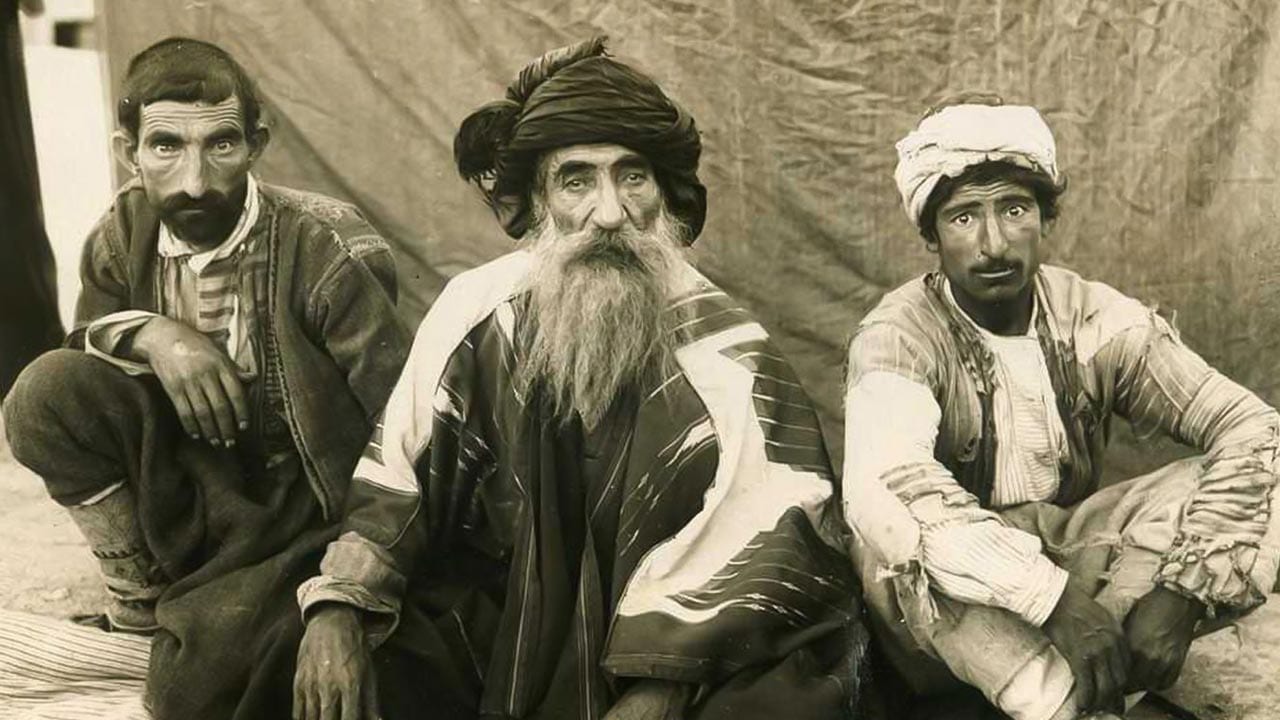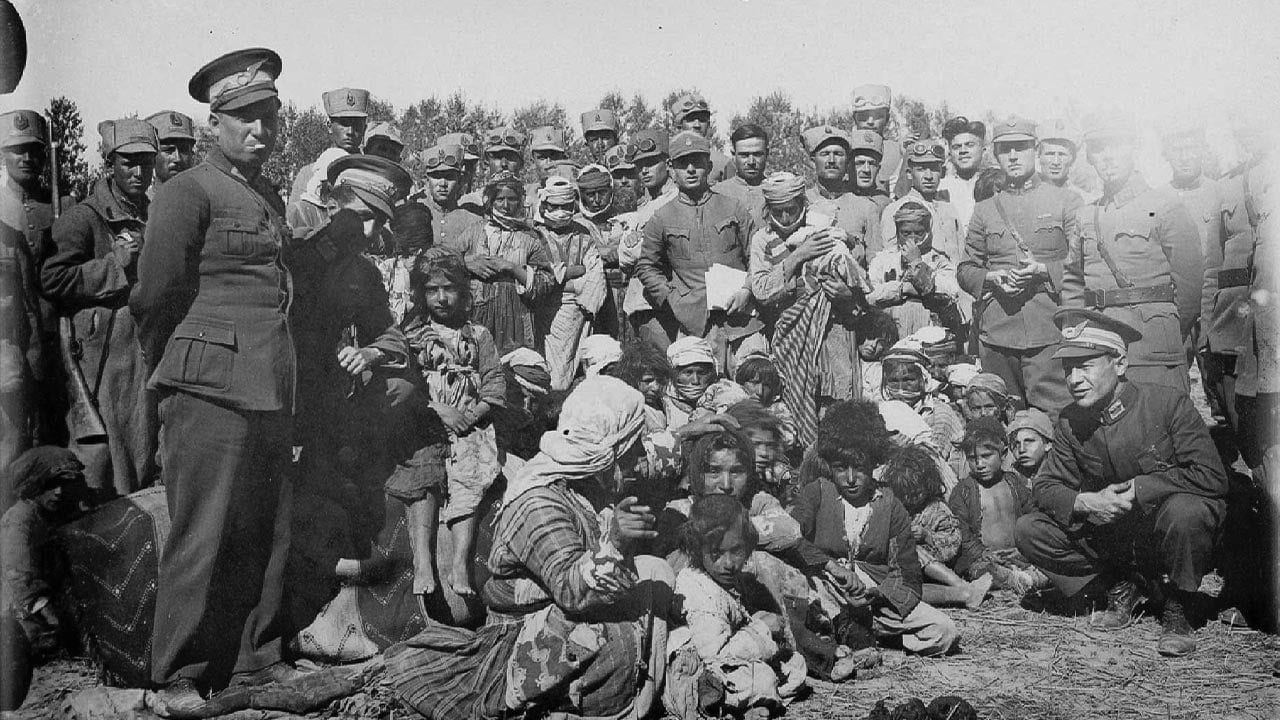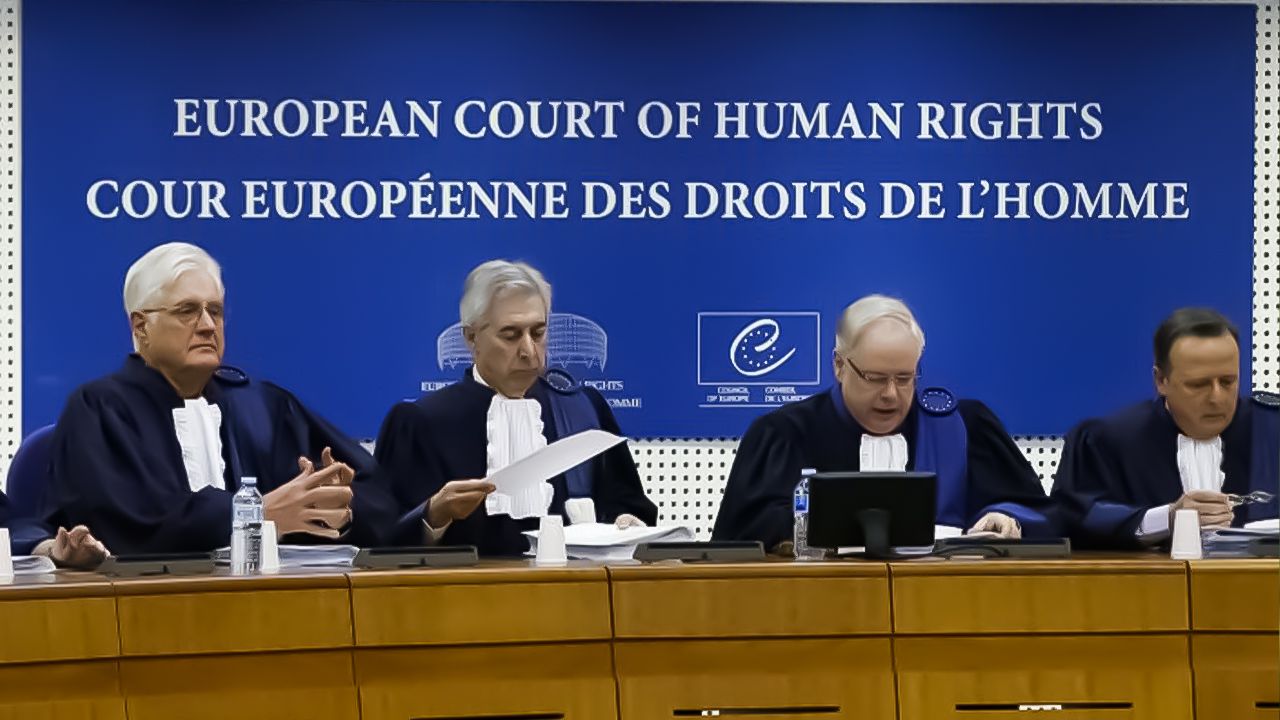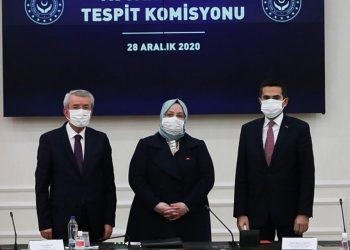This year is the 83rd anniversary of the Dersim Massacre, which was carried out by the Turkish state in 1937 and 1938 in the Tunceli (Dersim) province of eastern Turkey. Seyit Rıza, who led the uprising against the Turkish state, was executed on 15 November 1937.
After the Ottoman Empire collapsed in the 1920s, the new Republic of Turkey turned against the country’s diverse ethnicities, nations and cultures by adopting a policy of one language, one nation, one religion. Following the suppression of uprisings in Dicle, Palu, Zilan and Ağrı, the state targeted Dersim.
Seyid Rıza and his allies stood against the state and its policies. However, the state carried out a massacre and suppressed the Rıza-led uprising. Warplanes were used and Dersim was bombed by planes. Kurdish people took shelter in caves to survive.
According to official data, 737 people, most of them children, were killed by the Turkish army in 1937, and 868 people were killed in 1938. According to another source, 6,868 were killed in Dersim.
The fates of all the children who were given up for adoption or sent to orphanages are still unclear.

According to information shared by the Peoples’ Democratic Party (HDP) Rights and Religions Commission member Nesimi Aday, facts regarding the massacre were covered up, and Aday obtained many documents related to the incidents. According to Aday, 10 tonnes of Calor gas, obtained from Germany, and bombardment planes, obtained from United States, were used during the massacre.
Seyid Rıza and his friends Wusênê Seydi, Aliye Mirzê Sili, Hesen Ağa, Fındık Ağa, Resik Uşen and Hesenê Ivraimê were executed in Elazığ Buğday Square on 15 November 1937. According to the Mesopotamia Agency’s (MA) report, their mortal remains were not given to their families and the locations of their graves were hidden.
Mustafa Kemal’s role
Mustafa Kemal was the head of state in the Republic of Turkey during this period. Though his precise role is a matter of discussion, there is evidence that he played a part in the massacre. Kemal said, “I am proud to say in your presence that nothing will be allowed to block our nation’s mission to reach a high civilisation and wealth level. The results of the implementations carried out in Tunceli (Dersim) are the signs of that fact”.
According to documents, the Dersim uprising was defined as banditry by state authorities.

One of the Dersim massacre’s causes was to assimilate and Turkise the Dersim region. The massacre was an example of denial and destruction policy implemented against Kurdish and Alevi people. As a result, thousands of people were exiled and subjected to the assimilation policy.
‘Open public records’
Nesimi Aday stated that public recordings releated to the massacre should be released and the state should apologise to the people of Dersim.
According to MA’s report, Aday drew attention to the fact that the state had prepared for the massacre before and had interfered with Dersim. They had reports prepared and made scientific and ethnologic investigations, said Aday, and added, “First they attacked Seyid Rıza and his staff. Alişer and Seyid Rıza’s whole family was killed in Laçina River. When Seyid Rıza was going to meet the governor of Erzincan to negotiate, he was arrested and tried in a fake court”.

Aday said the main massacre took place in 1938 and added that the state carried out that massacre on the grounds of an “uprising against the state”. “There was no uprising in Dersim but a politicisation process and a will to rule themselves. That was not a reason for a massacre . Why did you kill babies and throw into the river? Munzur River was full of blood, women were made to murder their children, they sheltered in caves”, said Adaya.
During the peace talks between the Kurdish political movement and the Turkish state, Turkish president Recep Tayyip Erdoğan apologised for Dersim Massacre. However, the state’s attitude changed again after peace talks were terminated in 2015.
Nesimi Aday said Erdoğan’s apology was insincere and called on the government to open public records to access to facts of the massacre in order to heal.
Commemorations for Seyid Rıza
Many commemorations took place in Turkey and Europe on the 83rd anniversary of Rıza’s execution.
Several events were held in Tunceli, İstanbul, Ankara, Mersin, Elazığ, Erzincan, as well as in Germany and Belgium.
















